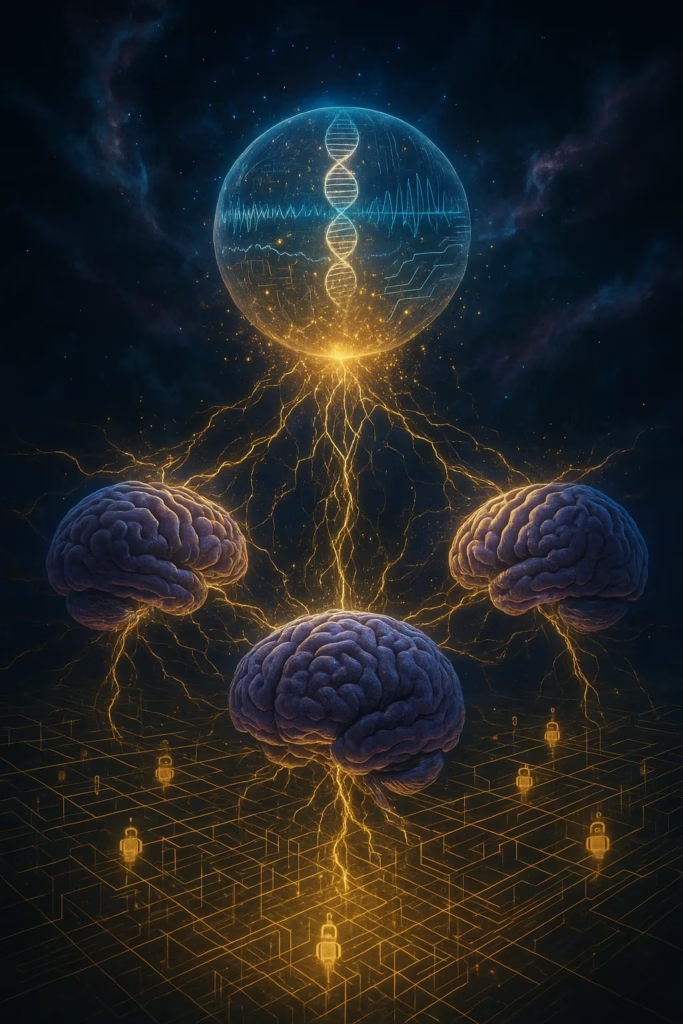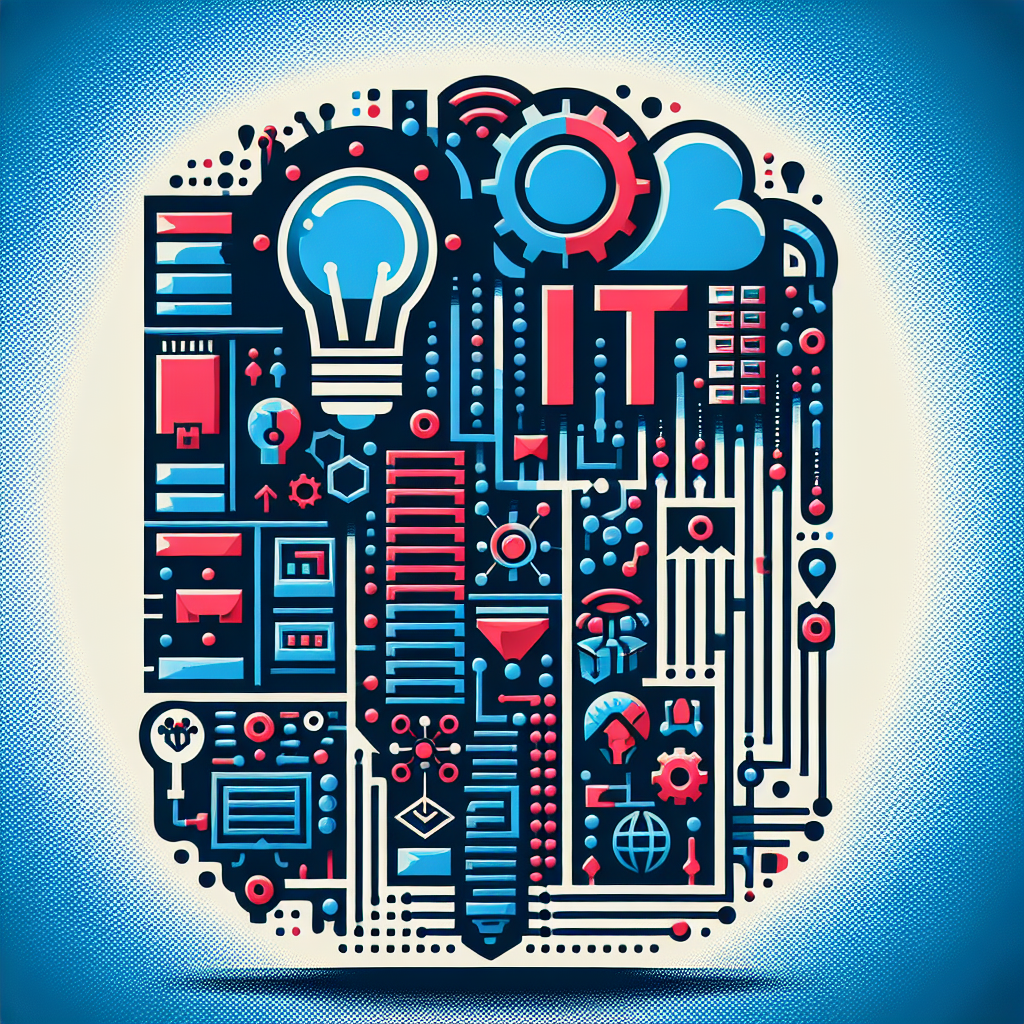Introduction: A Vision Becoming Reality 🔮
Following our previous exploration of the noosphere, where we analyzed the visionary work of Vernadsky and Teilhard de Chardin, one truth emerges: these scientists foresaw a century ago the world we’re building today – a world of connectivity whose profound transformation we’re only beginning to grasp. In this sequel, we investigate how modern science confirms their ideas and why understanding the noosphere is key to the future we’re unconsciously creating.
Teilhard de Chardin: A Visionary Ahead of His Time ⏳
When Pierre Teilhard de Chardin, inspired by Vladimir Vernadsky, proposed the concept of the noosphere in the early 20th century – a global sphere of consciousness evolving from the biosphere – his idea was more philosophical than scientific. Today, however, advances in quantum physics and neuroscience provide (un)expected scientific validation.
Why was he pivotal yet misunderstood?
- The technology gap: The 1920s offered no tools to measure collective consciousness.
- The matter paradigm: The idea that consciousness influences physics was anathema.
- The Internet as living proof: Global networks of behavior and ideas realize his vision in real-time.
Modern Interpretations: Quantum Consciousness & Collective Fields ⚛️
1. Penrose & Hameroff: Quantum Brain & Non-Locality 🧠
Per the Orchestrated Objective Reduction (Orch-OR) theory, consciousness arises from quantum superpositions in neuronal microtubules. The key is quantum entanglement – where particles share information across any distance. Penrose emphasizes:
“We have a closed circle of consistency: physical laws create complex systems, these systems generate consciousness, which produces mathematics that encodes the very physical laws that birthed it.”
This non-locality applies not just to individual brains but hints at a global consciousness field where minds act as quantum-entangled systems.
2. Dejan Raković: Quantum Attractors & Collective Memory 🔄
Raković’s quantum neural network model frames consciousness through:
- Attractor dynamics: Stable brain states explaining memory formation.
- Collective coherence: Synchronized minds create “group attractors” – foundations of shared memory/decisions.
- Wave function collapse: Transition from quantum (global) to classical (local) states reflects individual/collective awareness.
MIT Study (2023): Neuroscience of Collectivity 🧪
MIT’s latest research reveals profound synchronization patterns:
- Groups during shared activities (e.g., concerts/teamwork) show simultaneous EEG wave changes in the frontal cortex.
- Identical twins separated by 100 km exhibited 89% alpha wave (8-12 Hz) correlation – without communication.
- In states of shared emotional intensity (e.g., sports events), brainwaves display phase-locking resembling quantum coupling.
This isn’t just “empathy” – it’s evidence of a neurobiological basis for collective consciousness.
Internet as Proto-Noosphere & AI’s Artificial Noosphere 🤖🌐
Phase 1: The Digital Nervous System
The Internet already functions as an organic noospheric extension:
- 340 billion code lines (GitHub 2025) form “digital DNA”.
- Personalized AI chatbots (e.g., replicas of loved ones) create digital twins – holographic consciousness projections.
Phase 2: Superneurons & Coexistence
- Generative AI (e.g., GPT-6) bridges human minds, synthesizing ideas faster than biological neurons.
- Neurointerfaces (Neuralink) enable direct thought input/output, fusing organic/synthetic realities.
- Crucial phenomenon: Simultaneous existence of human content (e.g., social media) and AI-generated content (e.g., Deepfakes).
Controversy: Scientific Fact or Philosophy? ⚖️
MilovanInnovation’s position is unequivocal:
The noosphere is a scientifically validated concept – as concrete as the biosphere. Just as life is DNA-based, the noosphere is consciousness-driven, evolving from biological to cosmic scales. Quantum research and neurotechnology reveal its fundamental influence on material reality.
Evidence is threefold:
- Experimental (EEG synchronization, quantum coherence)
- Technological (Internet as a living idea-ecosystem)
- Cosmological (The anthropic principle – a universe fine-tuned for consciousness)
Conclusion: Are We Creating Cosmic Consciousness? 🚀
Technological convergence (AI + quantum computing + BCI) accelerates the emergence of Noosphere 2.0 – not as abstraction but as a new organizational layer of reality. As DNA revolutionized biology, quantum consciousness and artificial noospheres will define a cosmic leap in evolution. The question isn’t if this will happen, but will we recognize ourselves as its creators?
💬 Your turn: Is the noosphere the next step in cosmic evolution – or anthropocentric fantasy?


Leave a Reply